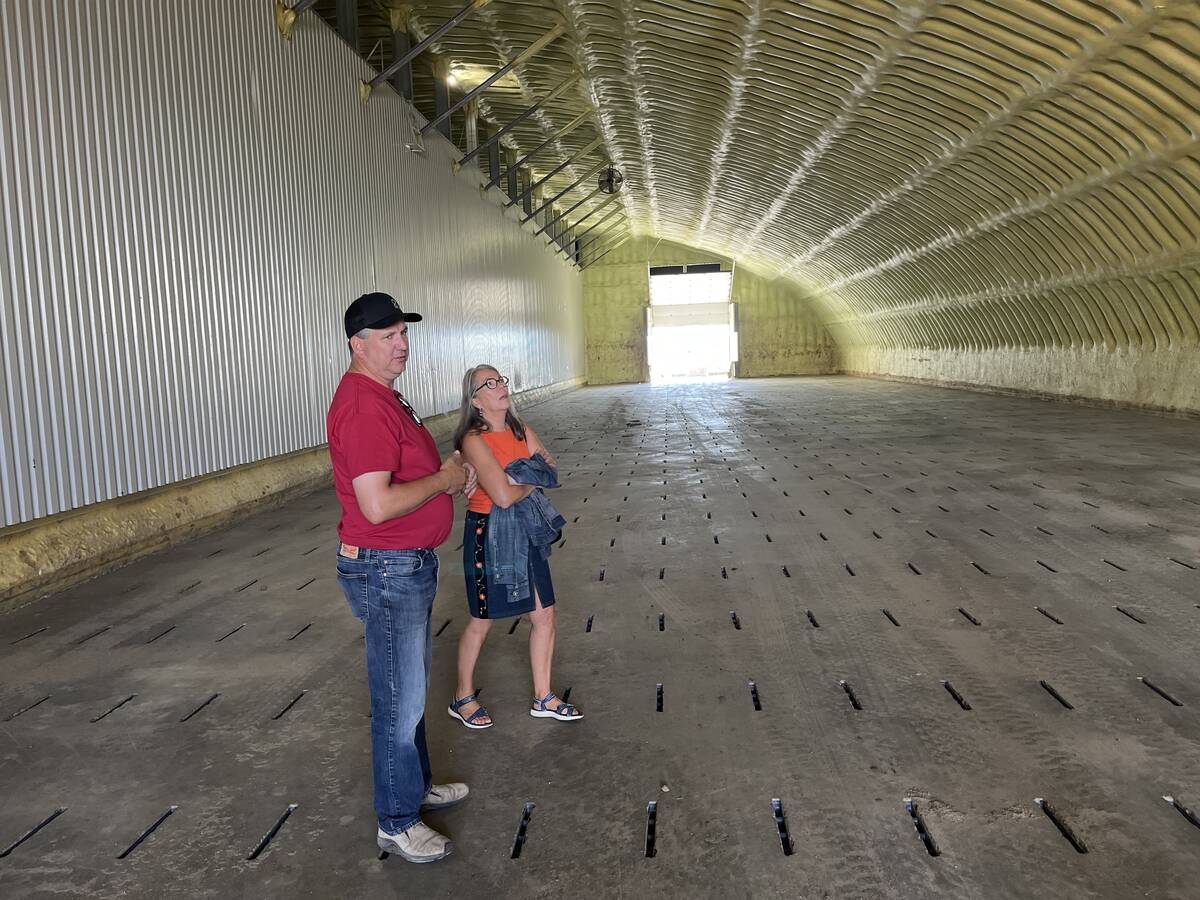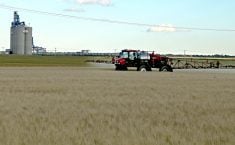CALGARY – The company that introduced genetically modified canola to the Canadian Prairies is poised to release two new biotechnology products, one that will benefit canola growers and one that has potential to take away some premium markets.
Monsanto says it is a few years away from launching its next generation of Roundup Ready canola. The crop will contain a better performing herbicide tolerant gene stacked with a yield-boosting nitrogen use gene.
The company has already received regulatory approval in Canada and the United States for its next generation of Roundup Ready soybean, which has shown a seven to 11 percent yield advantage over the first generation.
Read Also

Potato farm requires year-round management
The most recent Open Farm Day in Alberta showcased agricultural producers across the province educating the general public about the process that is required is to get food to their table.
A senior Monsanto official said while regulatory approval for the canola equivalent is hard to pinpoint, he expects Roundup RReady2Yield canola will be commercially available to Canadian growers shortly after 2010.
The canola product has demonstrated a more dramatic yield response than its soybean equivalent, showing a 10 to 20 percent increase over conventional hybrid canola in field trials.
“The nitrogen utilization gene turns out to be a very potent yield gene in canola. We’re seeing remarkable if not spectacular increases in yield as a result of this trait,” Rob Fraley, chief technology officer with Monsanto, told delegates attending the 2007 Agricultural Biotechnology International Conference.
JoAnne Buth, president of the Canola Council of Canada, hopes to see Monsanto’s new offering sooner rather than later. Her organization has set an industry target of 15 million tonnes of sustained demand and supply of the crop by 2015.
Considering that this year’s canola crop is expected to deliver 9.2 million tonnes, that is a long way to go in eight years.
“Growers are going to need new tools. They’re going to need higher yielding varieties because there’s a limit to what growers can do in terms of rotations,” said Buth.
But while she eagerly awaits Monsanto’s new canola offering, she is concerned about what is happening in the soybean division, where the company is developing a “copycat” canola crop.
Monsanto has already released Vistive soybeans, a low-linolenic oilseed that reduces the need for hydrogenation, helping eliminate trans fats from foods.
Fraley said growers seeded two million acres of the identity preserved crop in 2007.
That product will soon be replaced by Vistive 3, a low-linolenic, mid-oleic, low saturates soybean designed to lower cardiovascular health risk, eliminate trans fats and improve product stability.
“Ultimately I believe that this next generation soybean will replace almost all of today’s food oil applications for soy oil,” said Fraley.
“We are working hard to develop and launch this product as quickly as we can.”
Those statements should be red flags for canola growers who are enjoying high prices in part because of the phenomenal success the oilseed has had as a replacement to hydrogenated soy oil.
“Is it something that we have to watch? You bet,” said Buth.
Any potential new competition is a threat. But she noted that the oil from high oleic, low linolenic lines of canola has already made significant inroads with fast food giants like McDonalds, Kentucky Fried Chicken and Taco Bell.
“One of the things that is to our advantage is that we’re ahead of the game.”
Plus, Buth noted the replacement market for hydrogenated soy oil is expected to be huge, so there will be room for both modified soy and canola. Approximately 70 to 80 percent of the fat that U.S. consumers eat comes from soybeans.
Another factor in canola’s favour is that while soybeans are primarily thought of as a meal product, canola has always been valued by crushers for its high oil content.
But Buth said the best evidence of canola’s strength is what Monsanto is attempting to do with its Vistive 3 product.
“What they’re trying to do is duplicate canola,” she said.
Fraley had another comparison in mind when describing the product to ABIC delegates.
“It won’t be too many more years before we’re literally going to be producing olive oil in our soybean fields with this technology.”

















